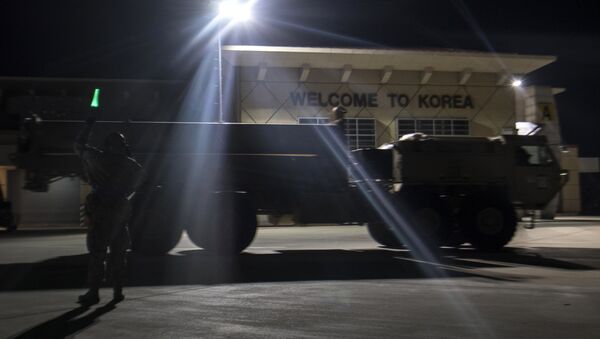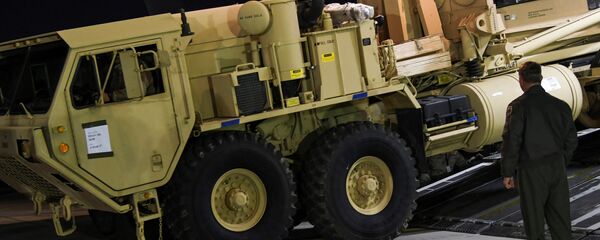The Korea Tourism Organization (KTO) reports that 227,811 Chinese visitors made their way to South Korea in April, a 66-percent decrease from the 682,318 travelers recorded last year. The KTO also noted that in April, 1.07 million foreigners visited South Korea, a 27.2-percent drop from the same time the previous year.
The travel ban is a part of China’s retaliation against Seoul for agreeing to host THAAD, which possesses a radar Beijing reportedly suspects will be used to spy on their military activity, although Washington maintains the defense system’s sole purpose is to fend off aggression from North Korea.
China’s military has also conducted live fire drills and tested new weapons in response to THAAD’s deployment.
Michael Na, a strategist in Seoul with financial holding company Nomura, told the Financial Times in early May that the ban "could be just the beginning," as "[Beijing has] so many options to punish Korean businesses … almost every major Korean company, including Hyundai Motor and AmorePacific, relies heavily on Chinese sales."
South Korean retail stores and duty free shops that rely on Chinese customers to stay afloat have been hit hard by the row, and the instability on the Korean Peninsula, stemming from Pyongyang’s continued ballistic missile and nuclear weapons program, has caused a 5.4 percent drop in Japanese visitors as well.
In 2016 almost half of the 17 million foreign visitors to South Korea were Chinese, although there has been a 14.5-percent uptick in visitors from Taiwan.
While still on the campaign trail, South Korea’s recently elected president Moon Jae-in expressed regret over the THAAD being deployed, with his spokesperson Park Kwang-on calling the move "very inappropriate," as the government wasn’t given the opportunity to make a policy decision on the system.
Washington’s deployment of the missile defense system is another of a number of factors that have stoked tensions in the region, as the US and Pyongyang have traded threats and shows of force in the last few months.
Trilateral military drills between the US, Japan and South Korea near the Korean Peninsula are seen by Pyongyang as practice for invading the country and removing its leadership.




